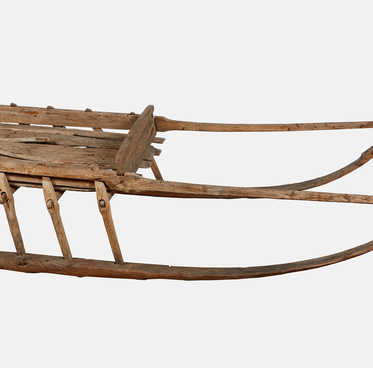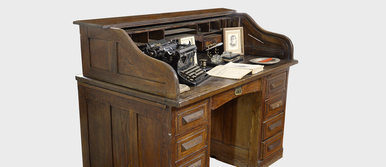The collection of postcards of the Rusanov House Museum contains a postcard with a view of Ilyinskaya Square in the city of Oryol.
The square has a rich history. During the first decades after the Oryol fortress was founded, it was surrounded by a forest. Then, as the nearby Pokrovskaya Cossack settlement, the wooden pier, and the city itself developed, the trees were cut down, and people began to build houses along the road, which later was called Moskovskaya Street. According to local historians, by the late 17th century, the area that appeared after deforestation began to acquire the shape of the square as we know it today. In those days, there was no trade there yet, but gatherings were held on various occasions, royal decrees were read out, and public executions took place. In the 18th century, as Oryol became the main city of the governorate, crafts and commerce developed, and the square became a trading place.
It is unknown when exactly and for what reason Ilyinka got its name. Its life was closely connected with the wooden pier located nearby. The goods that were transported to the pier (primarily bread, hemp, and tar) were then delivered to numerous cities in central Russia, Moscow, St. Petersburg, Novgorod, as well as to Riga and other places. That’s why the square was surrounded by roads and streets, named after the cities, where they led.
Until the late 18th century, the square was very large and reached today’s 3rd Kurskaya Street (according to other sources, Staromoskovskaya Street) and another shopping area that began there — Vozdvizhenskaya Square. After the great reconstruction, which began according to the new “regular plan” in 1779, and the great fire of 1848, which destroyed half the city, Ilyinka and the streets adjacent to it changed. Large stone houses replaced the wooden ones. In 1867, the Alexander Nevsky Chapel was built at the intersection of Moskovskaya and Novosilskaya streets and became the hallmark of Ilyinka.
In the late 19th century, there were
lots of small wooden shops, warehouses, and stalls in the square. On market
days small merchants traded from carts or simply peddled. In addition to
commercial buildings, there were several other interesting wooden buildings on
Ilyinka. First of all, this is a water intake tower with the first artesian
well in the city, where the residents of Oryol could get water. During those
years, tramway tracks were laid along Novosilskaya and Moskovskaya streets and
a tram service was launched. Around that time, a tram station decorated with
carvings shelter was built at the intersection of those streets.


